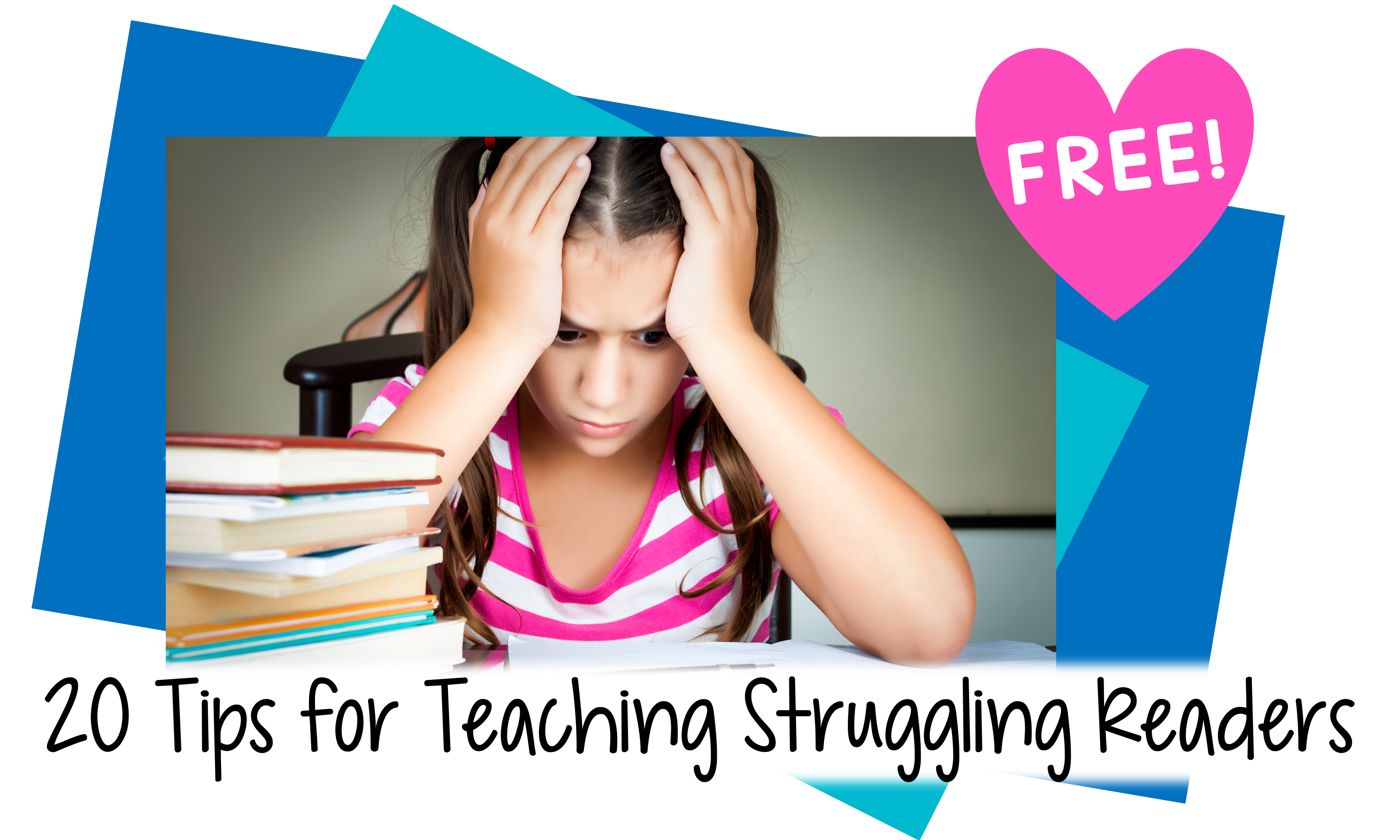Did you know that “my” previous post about phonics was written by artificial intelligence? It’s surprisingly good, but while AI can scan the web for information and put it together, it doesn’t know my opinion about phonics–at least not yet! So here it is. Do you struggle with whether or not to teach phonics? I did for a long time, but no longer. Phonics YES I was a phonics proponent even before I heard about the “phonics wars” or “science of reading.” Both my early training and my teaching experience convinced me that it was essential to teach my students...
I’ve been struggling for ages with trying to write a post about the pros and cons about teaching phonics. I guess it’s been hard because the topic is so controversial, and my opinion about teaching phonics is complicated. So, while taking a workshop on writing with artificial intelligence (AI), I asked chat.openai.com to write an opinion about teaching phonics. I think you’ll be interested in its (their??) answer! MY PROMPT: Write an opinion about teaching phonics. AI RESPONSE: As an AI language model, I don’t have personal opinions, but I can provide an overview of the benefits and potential drawbacks...
Oh, my goodness! Did you know that syllable types were first standardized by Noah Webster in 1806? Let’s thank Noah because syllable types make life easier for teachers and students, alike! For children who are learning to read, studying syllable patterns helps with mastering vowel sounds, one of the most challenging parts about decoding. For us teachers, introducing syllable types is a great way to reinforce phonics instruction, no matter which approach we are using. Showing students one syllable type at a time keeps decoding instruction simple. As you know, a syllable is a word or part of a word...
